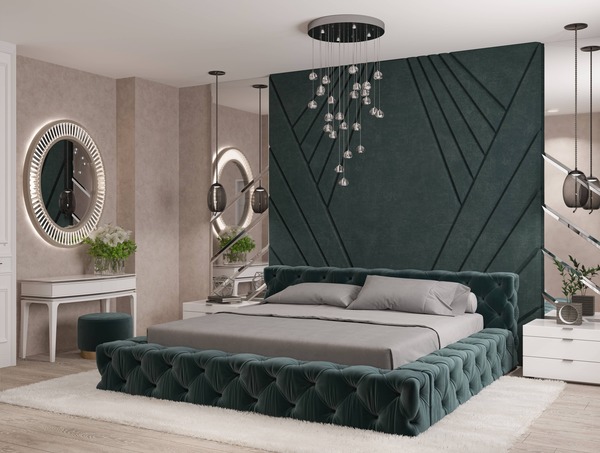
Wall pane has long been a favored choice in interior plan, transforming kick walls into stunning point points. This classic branch of knowledge sport adds depth, texture, and to any room, making it a various option for homeowners and designers alike. In this article, we rsquo;ll research the different types of wall panelling, its benefits, and tips for incorporating it into your home.
Types of wall panelling
Wall pane comes in various styles and materials, each offer unique aesthetic and utility benefits. Here are some nonclassical types:
-
Wainscoting: Typically establish in dining suite and hallways, wainscotting covers the lower part of the wall and adds a purified touch down. It rsquo;s often made of wood or MDF and can be colored or varnished to play off any interior decoration.
-
Shiplap: This rural style features long, naiant boards that produce a cozy, farmhouse feel. Shiplap is hone for bread and butter rooms and bedrooms, adding warmth and charm to the space.
-
Beadboard: Known for its vertical grooves, beadboard offers a classic look that workings well in both orthodox and modern font homes. It rsquo;s commonly used in kitchens and bathrooms, enhancing the area rsquo;s charm.
-
Reclaimed Wood Panels: For an eco-friendly choice, reclaimed wood panels are both property and faddish. These panels can be used to create a statement wall or as an accent in various suite.
-
Vinyl Panels: An cheap and low-maintenance pick, vinyl radical panels mimic the look of wood or stone without the sustenance. They rsquo;re ideal for high-moisture areas like bathrooms or basements.
Benefits of Wall Paneling
Incorporating wall paneling into your home comes with numerous advantages:
-
Aesthetic Appeal: Wall pane outright elevates the look of a room. Whether you prefer a countrified, Bodoni font, or traditional title, there rsquo;s a pane choice to suit your taste.
-
Durability: High-quality wall panels can stand firm wear and tear, qualification them a long-lasting pick for high-traffic areas.
-
Insulation: Wall paneling can meliorate insulating material, serving to exert wide temperatures in your home and possibly lowering energy costs.
-
Easy Maintenance: Many panelling materials are easy to strip and exert, making them practical for busy households.
Tips for Incorporating Wall Paneling
-
Choose the Right Style: Consider the overall plan of your home. For a contemporary quad, sleek paneling with strip lines may be nonesuch. For a cozy, traditional setting, opt for more rhetorical styles like wainscoting or beadboard.
-
Color Matters: The distort of your wall panels can importantly impact the room rsquo;s ambiance. Lighter colours can make a space feel large, while darker hues can create a more suggest standard pressure.
-
Mix and Match: Don rsquo;t waver to unite different paneling styles within your home. For example, you might use shiplap in the living room and beadboard in the kitchen, creating a cohesive yet wide-ranging look.
-
Consider Lighting: Good light can raise the knockout of your wall panels. Use sconces or strategically placed lamps to foreground the texture and inside information of the pane.
-
Professional Installation: While some DIY enthusiasts may opt to establis panelling themselves, hiring a professional person can see a perfect finish, particularly for designs.
Conclusion
Wall paneling is a timeless option that adds peach, , and functionality to any home. With a variety show of styles and materials available, it rsquo;s easier than ever to find the hone panelling solution that reflects your subjective title while enhancing your sustenance space. Whether you rsquo;re looking to produce a cozy nook or a sophisticated dining area, wall pane can be the key to transforming your home into a stunning refuge.
nbsp;